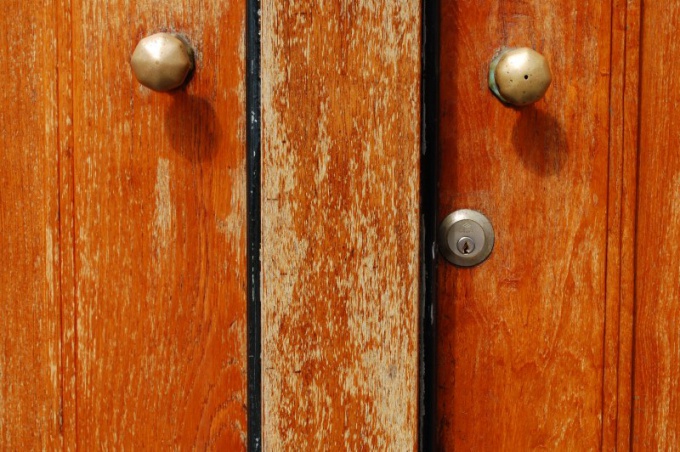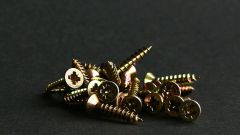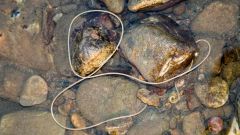You will need
- - drill;
- - drill with a diameter of 3-5 mm;
- - screwdriver;
- - wire;
- hook.
Instruction
1
If you have a mortise lock with cross cylinder mechanism, take a drill with a drill 3-5 mm and make a hole just above the keyhole, then insert into the drilled hole a screwdriver, pry up the stopper and move the hook bolt.
2
In order to drill a larva of the lock cylinder with pin tumbler mechanism, aim the drill bit drills into the center of the cylinder (the rotation core), then drill through. If the castle no armor, then the process goes smoothly. To open the mechanism, slide inside the keyhole and turn the wire. If the lock does not open, drill out another hole in the top of the keyhole, in this case, the lock can be opened is a simple flat head screwdriver.
3
If the castle is protected by bronenakladki, a conventional drill is likely to break. Drill the larva of the castle is possible only with the help of special carbide drills, which will cost you dearly. Evaluate your capabilities, perhaps it would be cheaper to call the master.
4
To drill slip lever lock, look where the strut to the tip of the bolt (usually a little above the center of the keyhole). Try to get to this place, then drill out the rack and hook open the lock through a keyhole. You can also use a similar key or the blank key. Note that this method is suitable only for a cheap cylinder lock without additional protection.
5
To better understand where to drill, look at the key. The teeth and recesses of different diameters that you see on it, intended for metal 'secrets' inside of the castle, which, in turn, are violated by springs. Most of these springs are located along the axis of the larva at the bottom, try to get a drill in it's place and then "secrets" can turn even a hairpin or wire.
6
To drill a larva of the lock of ignition, use drill bits with a titanium or cobalt coating, a simple drill bit will blunt and even break. Start with a small diameter drill and gradually increase the hole until the larva cannot freely get.







